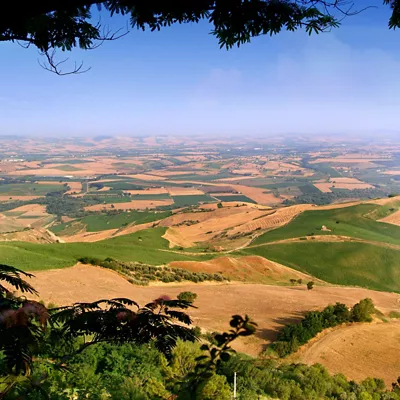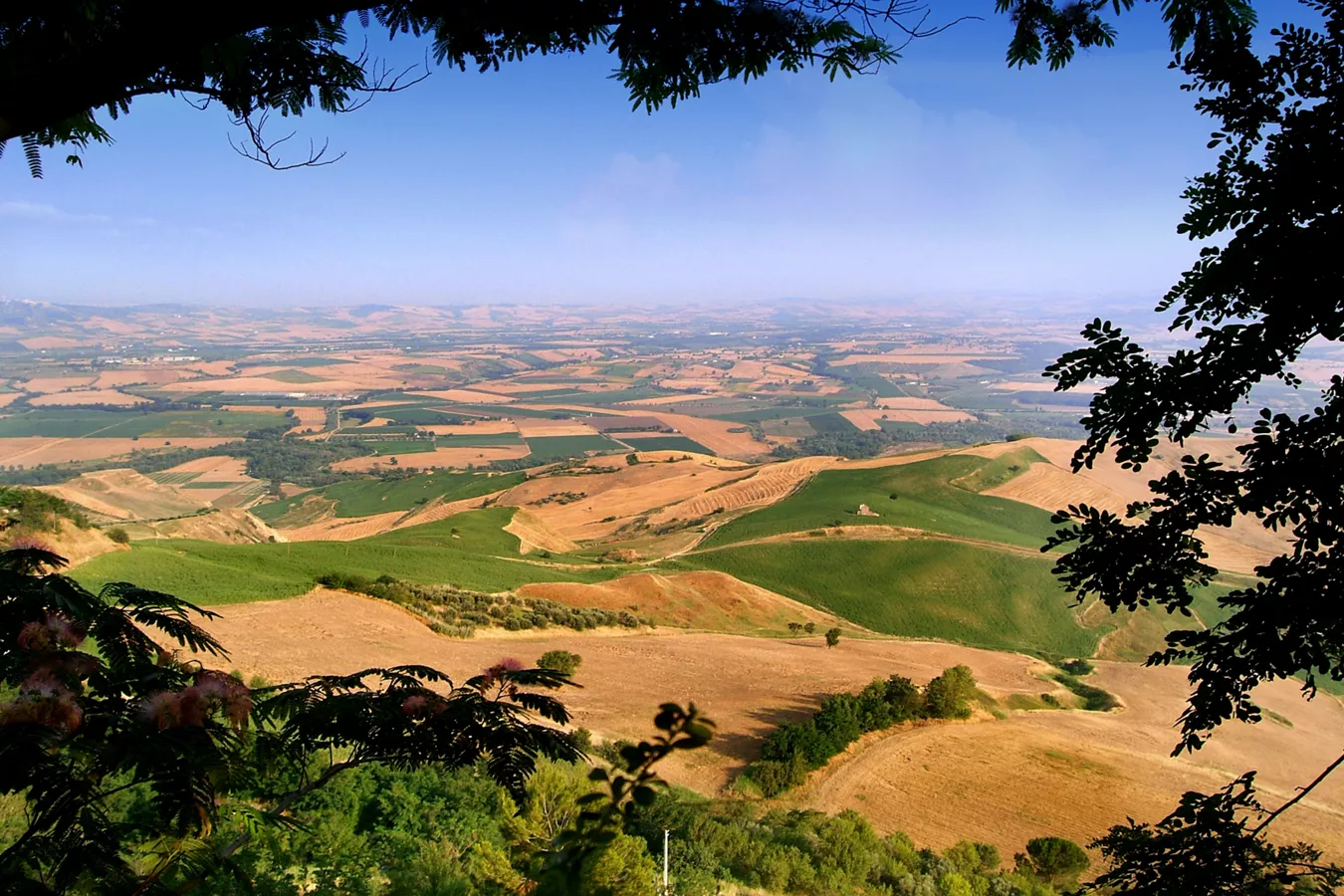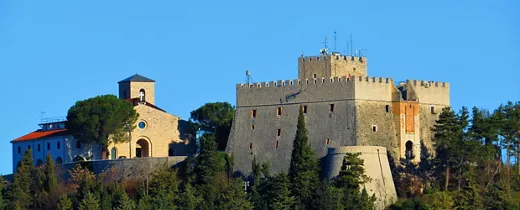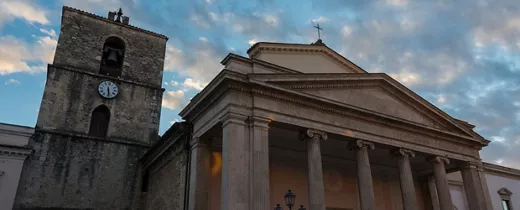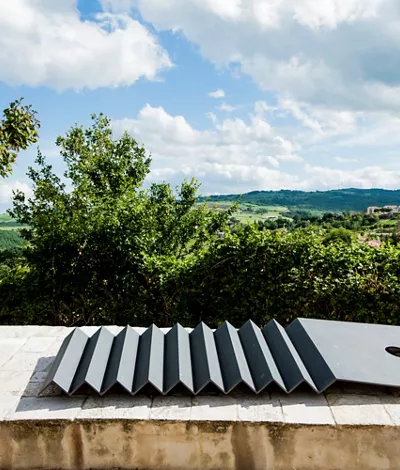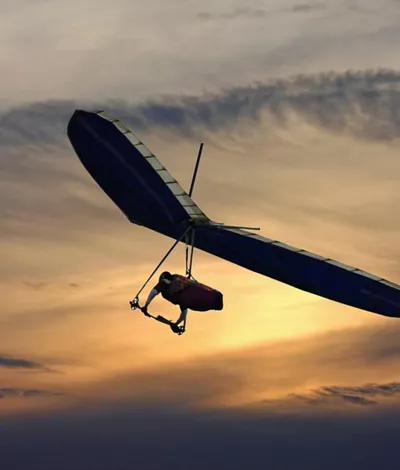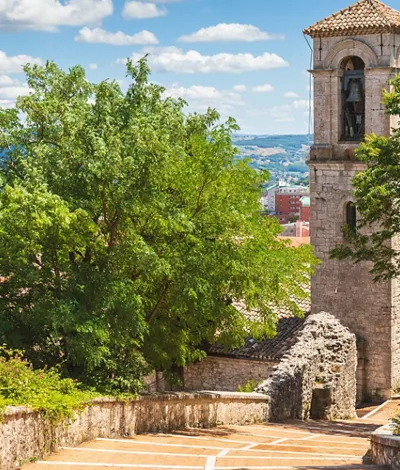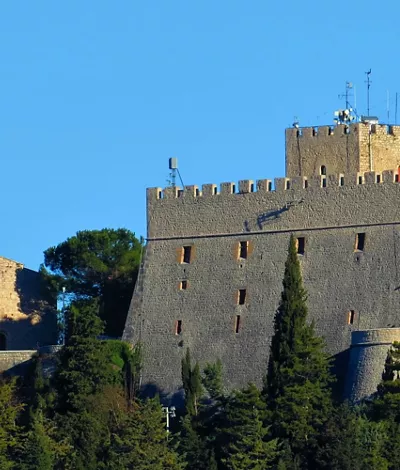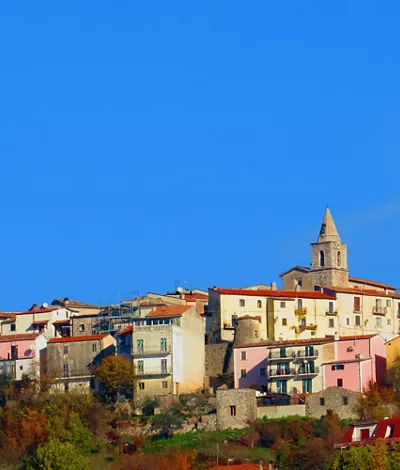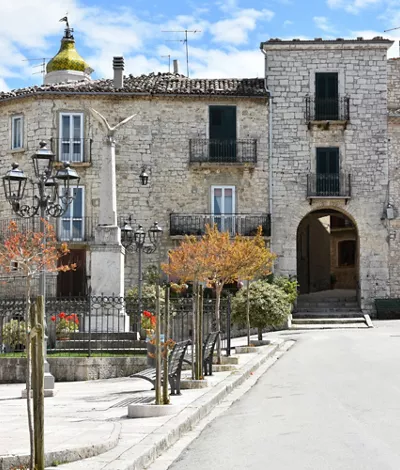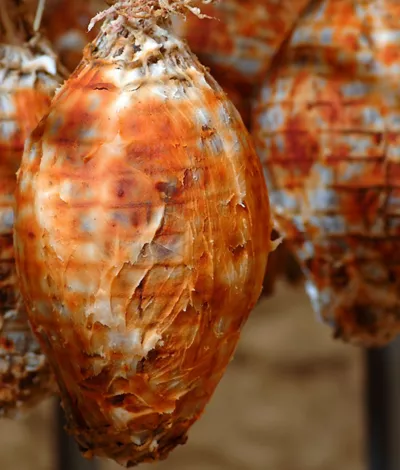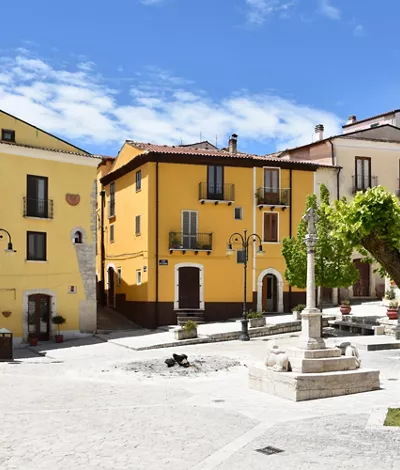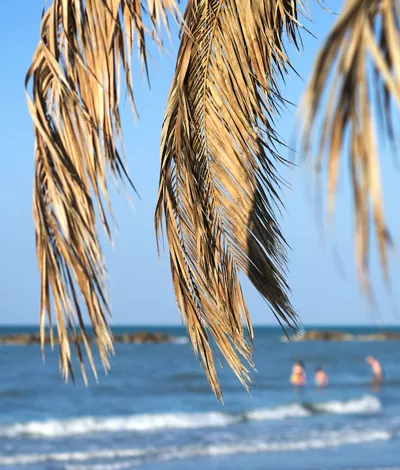Molise, a tiny region with grandiose landscapes: come and discover its history and culinary tradition
Molise is a region steeped in history, characterised by numerous tasty food and wine delicacies, but also by rich nature reserves and villages that seem crystallised in history. A destination yet to be discovered, amid marvellous seashores and breathtaking high cliffs
What to see in Molise
The region of sheep tracks and magnificent landscapes
Molise, a tiny region with grandiose landscapes: come and discover its history and culinary tradition. Molise is a region steeped in history, characterised by numerous tasty food and wine delicacies, but also by rich nature reserves and villages that seem crystallised in history. A destination yet to be discovered, amid marvellous seashores and breathtaking high cliffs
